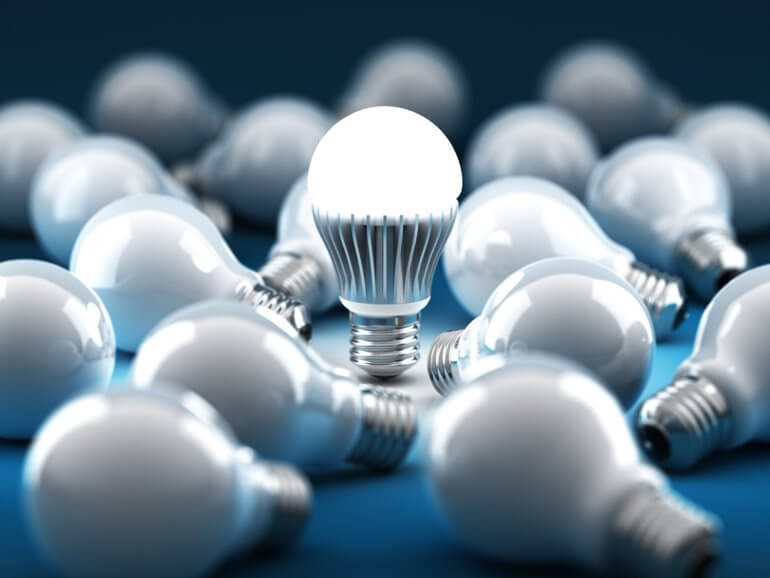Introduction: In the realm of modern illumination, LED lights have emerged as the beacon of efficiency, longevity, and versatility. Behind every radiant glow lies a complex process of manufacturing, blending innovation, precision engineering, and sustainable practices. Exploring the depths of LED light manufacturing unveils a fascinating journey from raw materials to the luminous end products that brighten our lives. Let’s delve into the intricate world of LED light manufacturing to unravel its secrets and understand its significance in shaping our illuminated future.
The Evolution of LED Technology:
- From Humble Beginnings: Trace the origins of LED technology, from its humble beginnings in the early 20th century to its revolutionary advancements in the 21st century.
- Breakthrough Innovations: Explore key breakthroughs and innovations that have propelled LED technology forward, from the development of blue LEDs to the rise of organic LEDs (OLEDs) and beyond.
- Impact on Lighting Industry: Discuss the transformative impact of LED technology on the lighting industry, revolutionizing everything from energy efficiency to design possibilities.
The Anatomy of LED Lights:
- Components and Materials: Examine the essential components and materials used in LED light manufacturing, including semiconductors, substrates, phosphors, and packaging materials.
- Manufacturing Processes: Dive into the intricacies of LED fabrication processes, such as epitaxy, lithography, wafer dicing, and encapsulation, highlighting the role of automation and precision engineering.
- Quality Control Standards: Explore the rigorous quality control standards and testing procedures employed to ensure the reliability, efficiency, and longevity of LED lights.
Sustainable Practices in LED Manufacturing:
- Energy Efficiency: Discuss the energy-saving benefits of LED lights compared to traditional lighting technologies, emphasizing their role in reducing carbon emissions and combating climate change.
- Recycling and Waste Reduction: Highlight initiatives and strategies for recycling and minimizing waste in LED manufacturing, from material recovery to eco-friendly packaging solutions.
- Green Certifications: Explore the importance of green certifications and sustainability labels in guiding consumers toward environmentally responsible LED products.
Design Innovation and Customization:
- Versatile Applications: Showcase the diverse applications of LED lights across various industries, from residential and commercial lighting to automotive, healthcare, and entertainment.
- Customization Options: Explore the endless possibilities for customization in LED lighting design, including color temperature, brightness levels, shape, size, and smart lighting features.
- Collaborative Design Processes: Highlight the collaborative efforts between manufacturers, designers, and engineers to create innovative LED lighting solutions that meet the unique needs of customers.
The Future of LED Light Manufacturing:
- Advancements in Technology: Predict future advancements in LED technology, such as quantum dot LEDs, micro-LEDs, and flexible OLEDs, and their potential impact on the lighting industry.
- Integration with IoT: Discuss the integration of LED lights with Internet of Things (IoT) technology, enabling smart lighting systems with enhanced connectivity, automation, and energy management capabilities.
- Sustainability Goals: Explore the industry’s commitment to advancing sustainability goals through research, development, and adoption of eco-friendly materials and manufacturing processes.
Conclusion
As we navigate the luminous landscape of LED light manufacturing, it becomes evident that innovation, sustainability, and creativity are the guiding stars illuminating the path forward. From the evolution of technology to the pursuit of design excellence and environmental stewardship, the journey of LED light manufacturing reflects our collective commitment to a brighter, more sustainable future.
